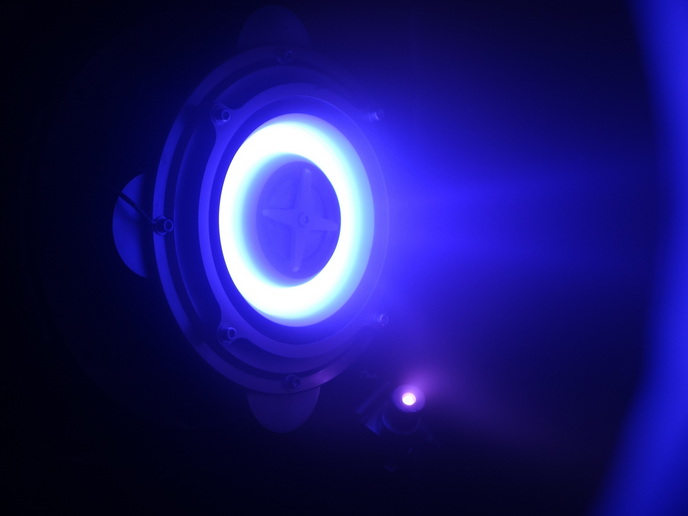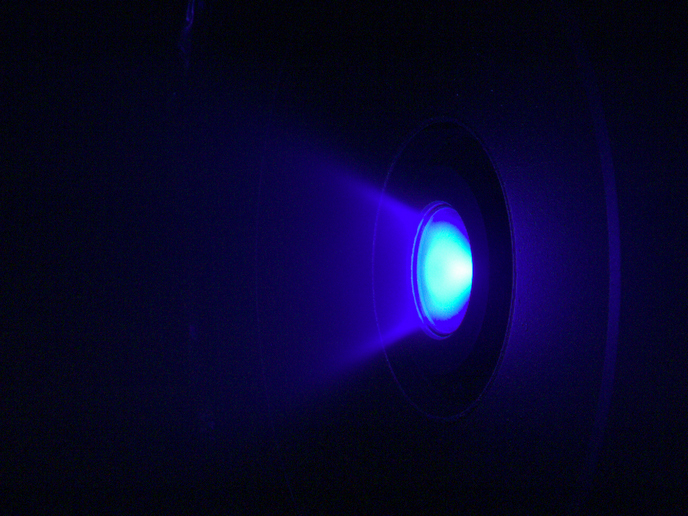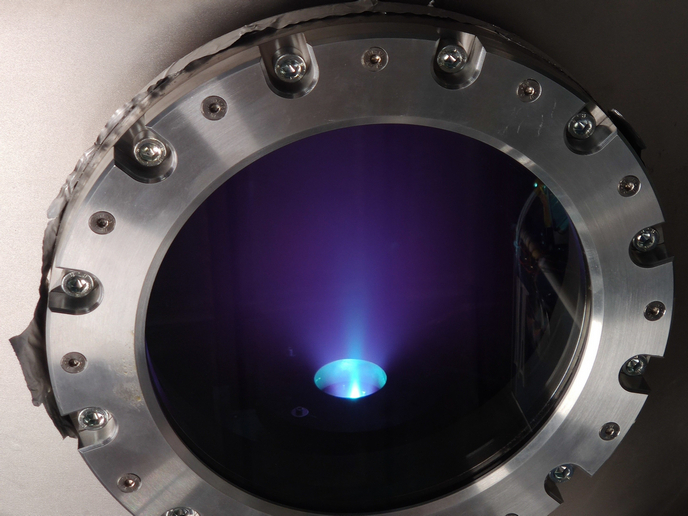High thermal efficiency space materials for next-generation satellites
Space is the next frontier for many industries. As more reliance will be put on space technology such as satellites in the future, technological components will need to constantly improve. This includes wide-bandgap (WBG) technologies. These semiconductors are used widely in satellite electrical units, such as those for power conversion and amplification of signals at the output section of the satellite’s payload. Boosting electronic component power while reducing size will improve satellite performance. Yet more functions in smaller spaces increase power density and the heat that must be released. In the EU-funded HEATPACK project, researchers developed new solutions to keep these components cold in space. “Having low thermal resistance materials is important for several reasons,” explains David Névo, microwave packaging engineer at Thales Alenia Space and HEATPACK project coordinator. “Efficiently extracting the heat from components and maintaining them as cold as possible will have a huge impact on their reliability and their lifetime, which is critical since some space missions have to last up to 15 years without any possibility of repair.”
Developing innovative thermal materials
The HEATPACK team created a range of materials and solutions with high thermal efficiency, targeting the satellite output power section for communication and navigation missions, and all power units related to satellite payload equipment. The new solutions include composite materials based on diamond particles, which have extremely high thermal conductivity, about five times that of pure copper. Shaping these materials is challenging, as is achieving the required surface finish. So the HEATPACK researchers explored new formulations and cutting techniques to manufacture high-precision diamond-based grades. They also developed two thermal interface materials (TIMs): one based on a silver sintered paste, the other on an electrically and thermally conductive adhesive film, used during component and package assembly respectively. HEATPACK also created new active cooling solutions, a better and cost-effective alternative to passive cooling. This two-phase system pumps liquid in an oscillatory movement around pipes in the form of a serpentine that crosses the hot and cold regions multiple times to remove latent heat, yielding very effective cooling performance. Based on these technology building blocks, three different packages have been designed and produced, then evaluated against space conditions.
Meeting project expectations
“Broadly speaking, much progress has been made on the development of these critical technology building blocks dedicated to thermal management issues,” says Névo. Some of the HEATPACK technologies have reached Technology Readiness Level 6, such as the diamond composite materials. Tests are still ongoing on other innovations, in the hope of reaching the same level. “One of the main results achieved is that the thermal performance of the demonstrators – which integrate several technologies developed by project partners – meets the expectations set at the start of the project,” Névo notes.
Technologies ready for market
Some of the technologies are ready to be put on the market, including metal-diamond composites, as well as an innovative thermal measurement technique also developed in the project. “The principal target was space applications but the technologies can be proposed to other markets as well – in fact to any application where there are some thermal management issues to deal with,” explains Névo.
Keywords
HEATPACK, space, components, electronic, thermal, heat, technologies, colder, lifetime







